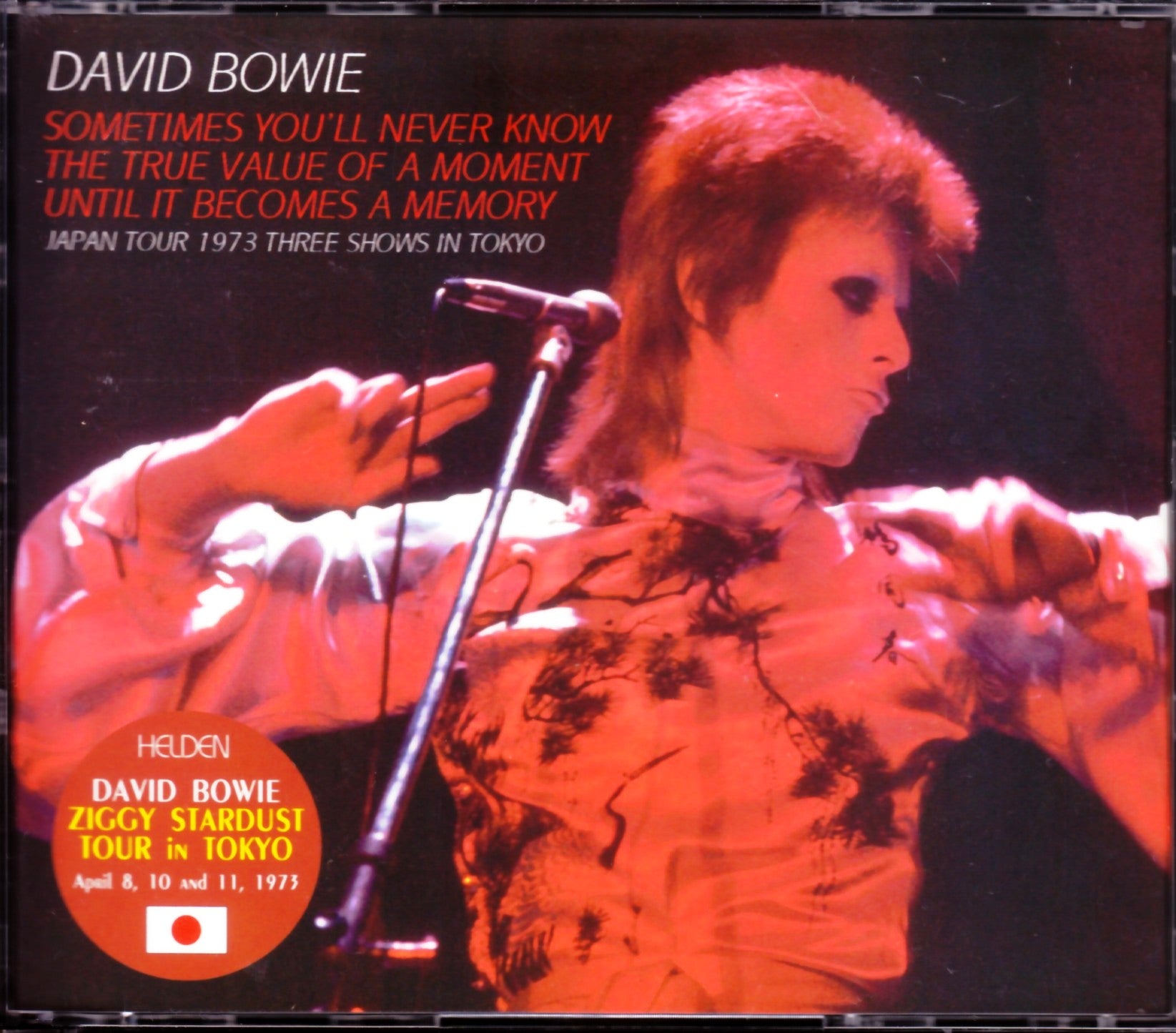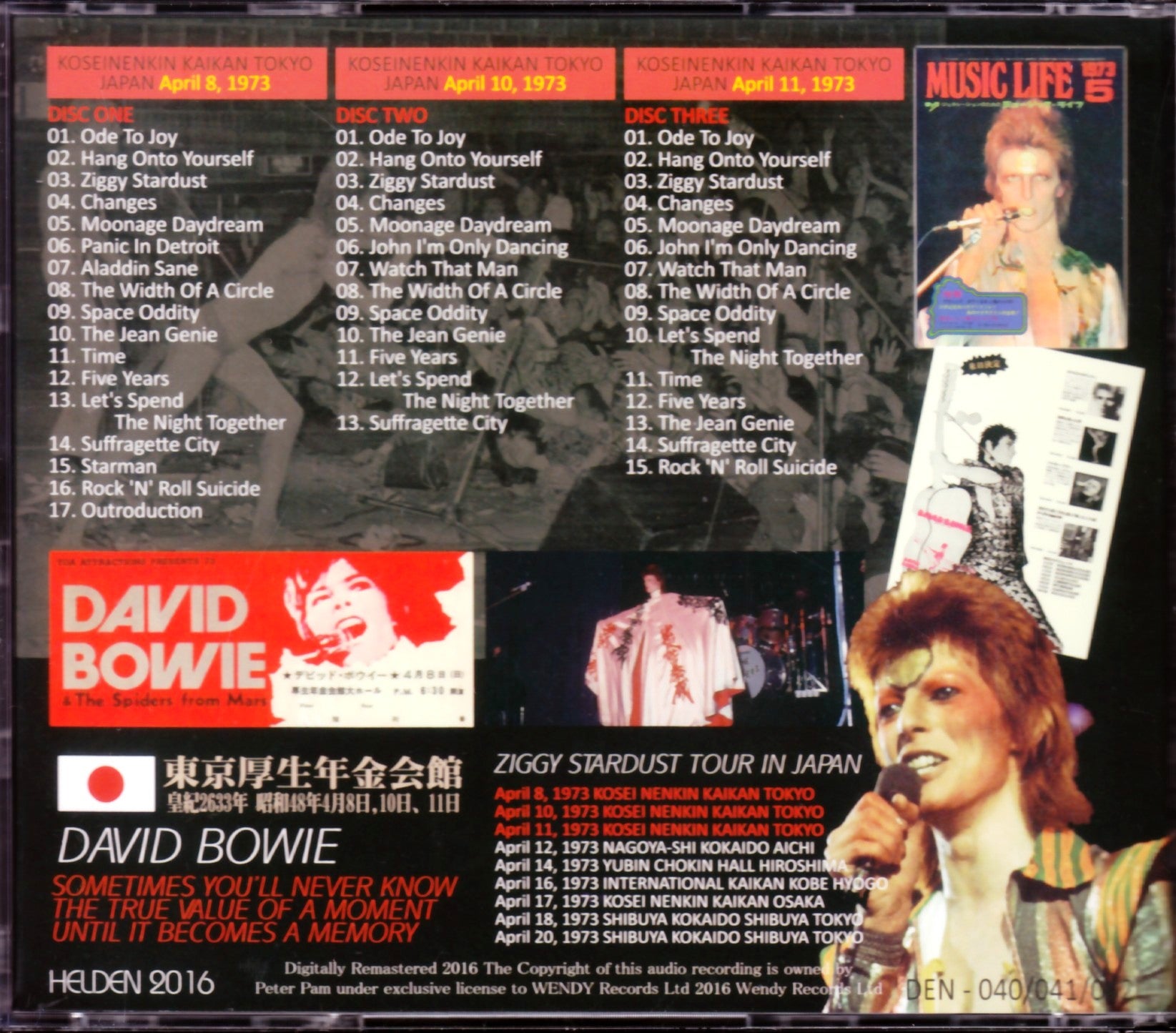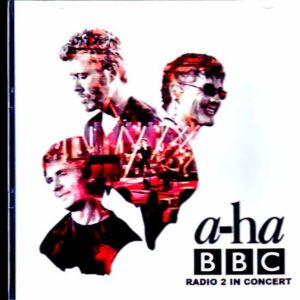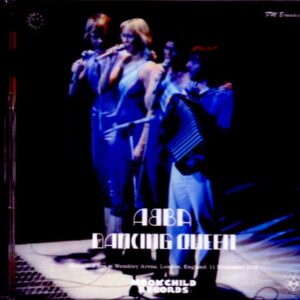Description
“Space Oddity” is one of Bowie’s earliest albums. Apollo had just landed on the moon at the time, and the title song was an early Bowie hit. Later, in “Ashes To Ashes,” Major Tom of “Space Oddity” wrote the lyrics denying the hit song, saying that he was a drug addict. In other words, that touching and sad song about loneliness was a junkie’s fantasy. The album concludes with a long song called “Free Festival Memories.” A nostalgic hand organ tune flows solemnly, and Bowie begins to sing as if murmuring. It depicts the summer festivals that middle-class English children would have spent as boys. The lyrics are difficult to understand as they use many metaphors, but there are some interesting passages within them. “That man has pushed beyond his brain.Satori must be something just the same.” There is no doubt that Satori refers to the Japanese word “enlightenment” from the context. It is unclear how Bowie came to know this word, but it is surprising that in 1969, a young British man knew the Japanese word “soritsu.” It is not uncommon for Westerners to be interested in the mystical charms of the East, but in Bowie’s case he must have had a deep knowledge of it from an early age. During his long career, he has done a lot of important work with Japanese people, and the fact that these relationships are not temporary, but have continued for a long time, shows that he is very pro-Japanese. At a press conference when he came to Japan for his reality tour in 2004, he stated that he had friends in Japan and was planning to meet them. It was in 1973 that Bowie visited Japan for the first time. It is a well-known story now, but because he did not like airplanes, he came to Japan by boat, an unthinkable means of transportation today. There are many photographs of Bowie smiling and waving to fans who greeted him with banners at the port rather than at the airport. However, while Grand Funk held concerts at Korakuen Stadium and Zeppelin and many other artists who came to Japan at this time held concerts at Budokan, a relatively small venue such as the Tokyo Welfare Pension Hall was chosen for Bowie’s concert. At that time, bands were at their peak, and solo artists were not so well-received, and the alien-like costumes and atmosphere were seen as strange, so while the music they produced was authentic, many Japanese A person who knew the fans at the time said, “My brain went into halation and I couldn’t understand it at first.” However, the fact that the artist David Bowie is extremely popular in the UK has certainly been transmitted to Japan, and the announcement at the time has the words “The Mystery of ’73: The Rumored David Bowie” floating around. The fact that he calls it “mysterious” suggests that the people who invited him were having trouble figuring out who Bowie was. The 1973 performance in Japan was held on the following dates. April 8th Tokyo Employees’ Pension Center April 10th Tokyo Employees’ Pension Center April 11th Tokyo Employees’ Pension Center April 12th Nagoya City Public Hall April 14th Hiroshima Postal Savings Hall April 16th Kobe International House April 17th Osaka Welfare Pension Hall April 18th Shibuya Public Hall April 20th Shibuya Public Hall Hiroshima and Kobe have been added to the East, Nagoya and Osaka areas, and as mentioned above, relatively small boxes have been chosen as the venues. However, although the venue was small, they held a total of 9 shows, so it seems that they were not lagging behind other artists in terms of attendance. The first performance in Japan was held at the Welfare Pension Hall in Shinjuku, Tokyo, on April 8, 10, and 11, 1973. This work includes a three-day concert held at the Shinjuku Kosei Pension Hall. [First day April 8, 1973] Bowie performs his first concert in Japan. Since then, they have performed in Japan many times, but this day was their first. Bowie’s thoughts and feelings as he faces Japanese fans for the first time. When Beethoven’s symphony ends, the venue heats up at once with “As You Will”, which cuts through the silence. Almost like a medley, “Refraction of Stardust,” “Changes,” and “Daydream of the Moon World” are played in succession. In this area, almost the same set list is followed as in the US and UK. What is noteworthy is that they are playing the song “Aladdin Sane” just before its release. The release date is April 13th, so it’s right before the release date. However, unlike today when it is natural for products to be released at the same time all over the world, at the time it was common for products to be released in Japan several months later than in their home country. In any case, Japanese fans will be witnessing new songs they have never heard before on stage for the first time. These two songs are “Panic in Detroit” and “Aladdin Sane.” “Blow the Night” from the same album was also played, but since this is a Stones cover, it must have been familiar to the fans at the venue. Also, of the three consecutive performances at the Shinjuku Kosei Pension Hall, “Starman” was only played on the first day. [Second day April 10, 1973] The set list is basically the same as the first day, but there are some changes. Since it is a consecutive performance at the same venue, some songs have been changed. First, “Panic in Detroit” was replaced with “John, I’m Only Dancing.” Both are upbeat numbers, so there’s nothing out of the ordinary about them, but while the former was unreleased at the time, this song had already been released, so this one might have been better received by the audience. “Aladdin Sane” was also cut, and “Watch Out for That Man”, also from an unreleased album, was played in its place. Of course, the fans attending the venue that day had no prior knowledge that this song was the first song on the album “Aladdin Sane.” [Third day April 11, 1973] This was the last day of three consecutive performances at the Shinjuku Welfare Pension Hall. This day’s set list was the same as the second day, and as a result, “Panic in Detroit”, “Aladdin Sane” and “Starman”, which were only played on the first day, became a rare set list. The performance was so great that it took my breath away. When I listen to Bowie’s singing voice, my heart warms and at the same time, I feel a sad, almost constricting sensation. You are not alone! you are amazing! Give me your hand! The words he shouted to his Japanese fans at that time have transcended time and still capture the hearts of his fans. I think we have been able to follow Bowie until now because his poems do not push the listener away, but instead affirm and actively embrace them. That’s probably why you and I are listening to Bowie right now. Are you different? I can’t be friends with people who can’t relate to this aspect. Ziggy is now synonymous with Bowie. And it can be said that I was unable to create a character that surpassed Ziggy in my lifetime. Ziggy is such a great character that Bowie created, and just as Tora-san is Kiyoshi Atsumi and Lupine the Third is Yasuo Yamada, Ziggy has become an inseparable alter ego from Bowie. The following year, the Diamond Dog Tour began and he parted ways with Ziggy, but for Bowie to visit Japan at this time was nothing but good fortune for Japanese fans. Of course, songs from the Ziggy era have been played on later tours, but the experience of watching Ziggy perform on stage in real time in this era, this atmosphere, this atmosphere, and these band members was the best in Japan.・It has value like a special treasure for fans. To be honest, the performance itself was rough, and it was not a stage with a high degree of perfection. However, the once-in-a-lifetime stage where young Bowie plays Ziggy and Spiders from Mars solidifies the back is an important period that determined Bowie’s fame. Japanese fans were able to remember this appearance. The fast-paced opening of “As You Will”, the beautiful chorus work of “Changes”, and the rich worldview of “Daydream of the Moon World”. Each one has a unique resonance to this period. During the long performance of “The Width of a Circular Orbit,” there was no time to catch a breath, and rather than being excited, it felt like the audience was holding their breath and staring at the stage. “Space Oddity”, which was also known in Japan, elicits loud cheers just from the intro. And finally, the emotional ending of “Rock and Roll Suicide”, which is the end of Ziggy, will be burned into the hearts of fans as the conclusion of the Ziggy show performed by young Bowie. From their first performance in Japan in 1973, the tour began in Tokyo, where they recorded three consecutive performances at the Shinjuku Kosei Nenkin Hall with a high-quality audience over three days. The year was 1973, and there was a time when there weren’t many high-quality sound sources for overseas performances, and this was in Japan, where SONY dominated the world at the time and was the world’s top AV equipment. Perhaps because the latest recording equipment was used ahead of the rest of the world, the sound quality was recorded in a way that is unparalleled in performances in other countries. I would like you to relive Bowie’s Ziggy Show with this work, which is not only a Japanese performance but also a first-class live sound source from 1973. Bowie would later deepen his relationship with Japan, but this first visit to Japan was his first. You don’t realize the irreplaceable moments until they become memories. Has everyone noticed yet? The many performances in Japan where they were able to experience Bowie were truly irreplaceable moments for Japanese fans. DISC ONE KOSEINENKIN KAIKAN TOKYO JAPAN April 8, 1973 01. Ode To Joy 02. Hang Onto Yourself 03. Ziggy Stardust 04. Changes 05. Moonage Daydream 06. Panic In Detroit 07. Aladdin Sane 08. The Width Of A Circle 09. Space Oddity 10. The Jean Genie 11. Time 12. Five Years 13. Let’s Spend The Night Together 14. Suffragette City 15. Starman 16. Rock ‘N’ Roll Suicide 17. Outroduction DISC TWO KOSEINENKIN KAIKAN TOKYO JAPAN April 10, 1973 01. Ode To Joy 02. Hang Onto Yourself 03. Ziggy Stardust 04. Changes 05. Moonage Daydream 06. John I’m Only Dancing 07. Watch That Man 08. The Width Of A Circle 09. Space Oddity 10. The Jean Genie 11. Five Years 12. Let’s Spend The Night Together 13. Suffragette City DISC THREE KOSEINENKIN KAIKAN TOKYO JAPAN April 11, 1973 01. Ode To Joy 02. Hang Onto Yourself 03. Ziggy Stardust 04. Changes 05. Moonage Daydream 06. John I’m Only Dancing 07. Watch That Man 08. The Width Of A Circle 09. Space Oddity 10. Let’s Spend The Night Together 11. Time 12. Five Years 13. The Jean Genie 14. Suffragette City 15. Rock ‘N’ Roll Suicide







Reviews
There are no reviews yet.